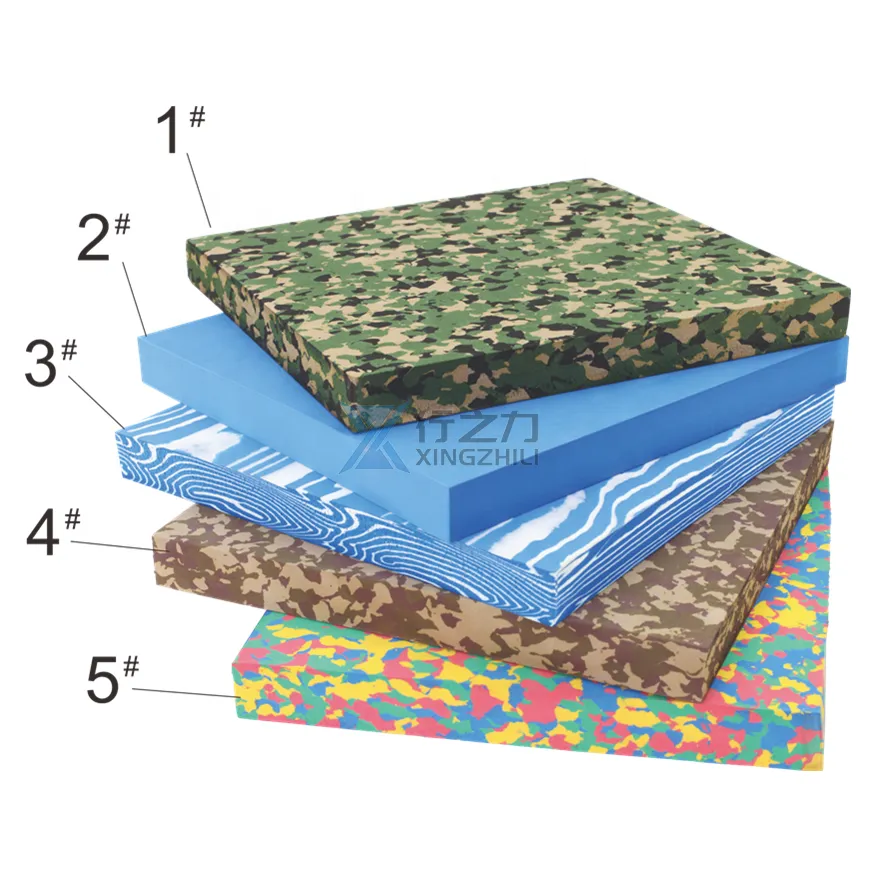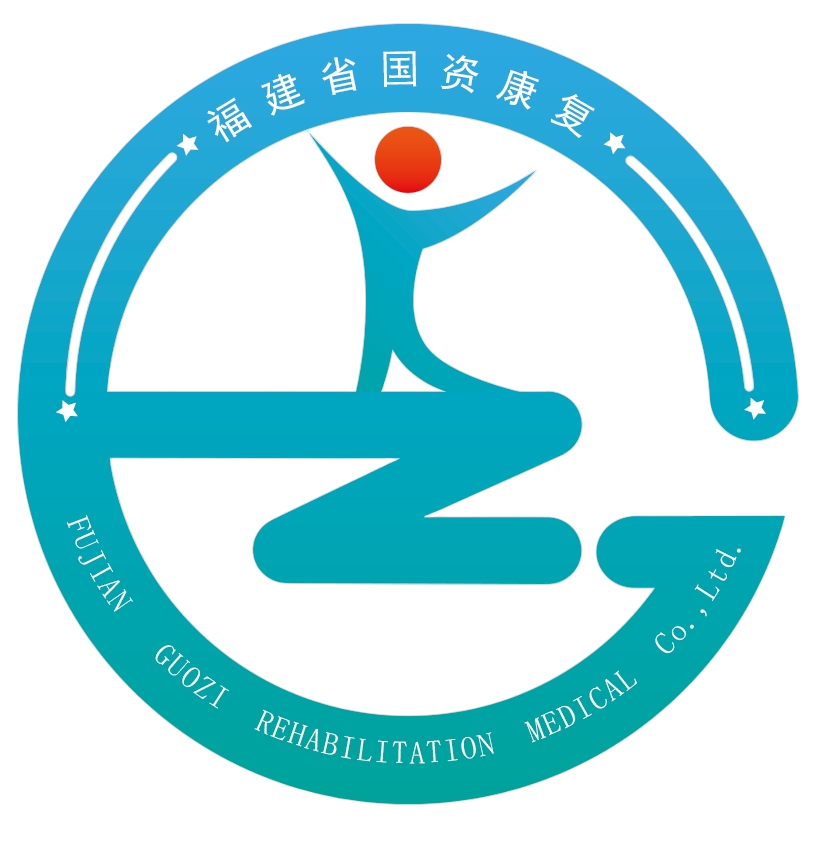Understanding the Role of Advanced Orthotic Elements in Modern Rehabilitation
The evolution of orthotic components has revolutionized the field of rehabilitation medicine, offering unprecedented support and recovery options for patients worldwide. These sophisticated medical devices combine innovative materials, precise engineering, and therapeutic principles to create customized solutions for various musculoskeletal conditions. As rehabilitation professionals continue to seek more effective treatment methods, the strategic implementation of orthotic components has become increasingly crucial in achieving optimal patient outcomes.
Modern orthotic components represent the intersection of medical science and engineering excellence, providing targeted support while promoting natural healing processes. From dynamic joints to specialized pressure distribution systems, these components work together to create comprehensive orthotic solutions that address both immediate needs and long-term rehabilitation goals.
The Fundamental Building Blocks of Orthotic Devices
Essential Material Components
Contemporary orthotic components utilize an array of advanced materials, each selected for specific therapeutic properties. High-grade thermoplastics offer durability and adjustability, while carbon fiber composites provide exceptional strength-to-weight ratios. These materials enable orthotists to create devices that are both functional and comfortable for extended wear.
Innovative foam technologies and specialized textile components further enhance the therapeutic value of orthotic devices. These materials facilitate proper moisture management, pressure distribution, and temperature regulation, ensuring optimal conditions for healing while maintaining patient comfort during the rehabilitation process.
Mechanical Integration Systems
The mechanical aspects of orthotic components play a vital role in their therapeutic effectiveness. Joint mechanisms, ranging from simple hinges to complex multi-axis systems, provide controlled movement that supports natural biomechanics while protecting healing tissues. These precisely engineered components allow for customized range-of-motion control and progressive adjustment throughout the rehabilitation journey.
Integration systems between different orthotic components ensure seamless functionality and optimal support. Advanced connection mechanisms allow for modular designs, enabling healthcare providers to modify and adjust devices as patients progress through their rehabilitation programs.
Therapeutic Applications and Benefits
Support Mechanisms for Various Conditions
Orthotic components serve diverse therapeutic purposes across different medical conditions. In cases of neurological disorders, specialized components help maintain proper joint alignment while facilitating controlled movement patterns. For musculoskeletal injuries, components are designed to provide stability while allowing appropriate tissue healing and preventing further damage.
The versatility of modern orthotic components enables practitioners to address complex conditions through customized solutions. Whether supporting post-surgical recovery or managing chronic conditions, these components can be configured to meet specific therapeutic requirements while adapting to changing patient needs.
Progressive Rehabilitation Features
Advanced orthotic components incorporate features that support progressive rehabilitation protocols. Adjustable resistance elements allow therapists to gradually increase mobility challenges, while integrated feedback mechanisms help monitor patient progress. These features enable healthcare providers to implement evidence-based rehabilitation programs with precise control over therapeutic parameters.
The ability to modify component settings throughout the rehabilitation process ensures that orthotic devices remain optimally effective as patients progress. This adaptability is crucial for maintaining appropriate support levels while encouraging increased independence and functional recovery.

Technological Innovations in Modern Orthotic Design
Smart Component Integration
The integration of smart technology into orthotic components has opened new possibilities in rehabilitation monitoring and adjustment. Sensors embedded within components can track usage patterns, pressure distribution, and movement quality, providing valuable data for healthcare providers to optimize treatment strategies.
Digital interfaces and connectivity features enable remote monitoring and adjustment of orthotic components, enhancing the efficiency of rehabilitation programs. These technological advances support more precise treatment protocols while improving communication between healthcare providers and patients.
Manufacturing Advancements
Modern manufacturing techniques, including 3D printing and computer-aided design, have revolutionized the production of orthotic components. These technologies enable the creation of highly customized components with precise specifications, ensuring optimal fit and function for each patient's unique needs.
Advanced manufacturing processes also facilitate rapid prototyping and modification of orthotic components, allowing for faster implementation of design improvements and more responsive adaptation to patient feedback. This agility in production supports better outcomes while potentially reducing costs and delivery times.
Future Developments and Emerging Trends
Biomechanical Optimization
Research in biomechanics continues to drive improvements in orthotic component design. Advanced modeling techniques and motion analysis are leading to components that more effectively replicate natural movement patterns while providing necessary support. These developments promise to enhance the therapeutic effectiveness of orthotic devices while improving patient comfort and compliance.
Integration of artificial intelligence and machine learning algorithms is enabling more sophisticated analysis of patient movement patterns, leading to more precise component designs and better-optimized rehabilitation protocols.
Sustainable Solutions
The orthotic industry is increasingly focusing on environmental sustainability in component design and manufacturing. New bio-based materials and recycling initiatives are being developed to reduce environmental impact while maintaining high performance standards. These efforts reflect growing awareness of environmental responsibility in healthcare technology.
Sustainable manufacturing processes and materials not only benefit the environment but also often result in components that are more durable and cost-effective over their lifetime, providing value for both healthcare providers and patients.
Frequently Asked Questions
What makes orthotic components different from standard medical devices?
Orthotic components are specifically engineered to provide targeted support and therapeutic benefits while allowing natural movement patterns. Unlike standard medical devices, they are highly customizable and can be adjusted throughout the rehabilitation process to match changing patient needs and progress levels.
How long do modern orthotic components typically last?
The lifespan of orthotic components varies depending on materials, usage patterns, and maintenance. High-quality components manufactured with advanced materials typically last 2-3 years with proper care, though individual components may need replacement or adjustment based on wear patterns and therapeutic requirements.
Can orthotic components be modified after initial fitting?
Yes, modern orthotic components are designed with adjustability in mind. Many components feature modular designs and adjustable elements that can be modified by healthcare providers to accommodate changes in patient condition, progress in rehabilitation, or comfort requirements.




